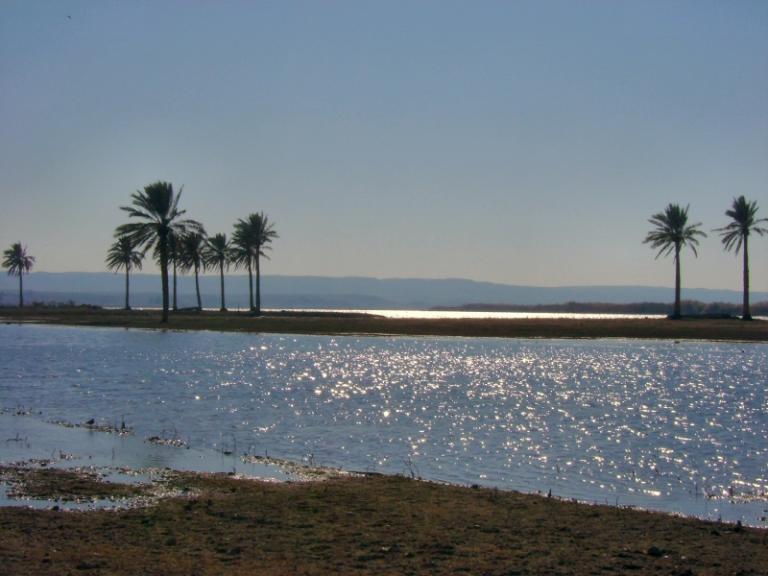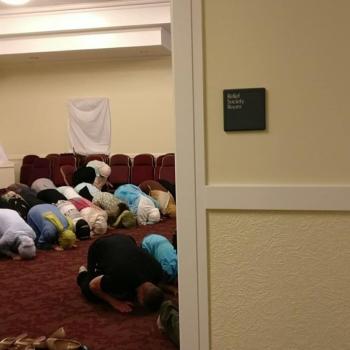
The manuscript goes ever onward . . .
The Arab expansion continued in the early years of the High Caliphal Period. Muslim soldiers moved up the valley of the Oxus River into Central Asia, and continued their march across North Africa into Morocco, where they conquered and converted the tribal Berbers. Thus, the entire northern coast of the African continent, once a stronghold of Christianity and the home of Tertullian and of St. Augustine, fell under Muslim control. In the year 711, Berber Muslim forces crossed the Straits of Gibraltar and conquered much of what we know today as Spain and Portugal. Arabic-speaking Muslims would rule the Iberian peninsula until 1492—a nearly eight-century stay that had a profound impact on literature and language and culture, there and in Latin America. (The splashing fountains in the central courtyards of Spanish colonial buildings, cool and green behind thick walls, are right out of the Arab world.)
It must be stressed, however, that these were Arab conquests, not Islamic conquests. As noted, the Qur’an prohibits forced conversions. But the Umayyads[1] did not even encourage conversions. To understand this, it must be remembered that the Umayyads were the descendants of Muhammad’s old enemies, who had opposed him virtually throughout his ministry. Finally, when they saw no alternative, they converted to Islam. But their lifestyle always gave plenty of reason for suspecting that their conversion was only skin-deep. The empire at times seemed to be merely an unusually large family business, with hereditary succession of Umayyads at the top. They apparently regarded Islam as a religion for the Arab ruling class. But even so, their attitude toward the religion was somewhat free. Many of the caliphs of the Umayyad dynasty have lived on in Islamic tradition as symbols of debauchery. They became notorious for drunkenness.[2] While the subject peoples at first continued in whatever Hellenistic or Sassanian cultural patterns that they had inherited, perhaps looking up only briefly to notice a change of rulers, the Umayyads too tried to maintain the old ways. In this case those old ways were the ways of the desert.
However, there was something artificial about this nostalgia for the simple past. It was inconceivable that the rulers of much of the known world could go on living in the manner of their old desert- dwelling tribal ancestors. And it is not even certain that they really wanted to. Near Jericho, the ruins of the hunting palace belonging to the Umayyad caliph Hisham are still to be found. They certainly suggest something a bit more lavish than a bedouin tent. One is reminded of Marie Antoinette playing at being a peasant girl, surrounded by an elaborate mock village on the grounds of the palace of Versailles. Or, perhaps, of the Hearst family “roughing it” in circus- size tents, camping on the beach at San Simeon accompanied by dozens of servants.
[1] Pronounced “oo-MY-yad.”
[2] This picture is perhaps not wholly fair. After all, most of the historians upon whom we rely for information about the Umayyads wrote under the later Abbasid dynasty, which overthrew the Umayyads and had every interest in promoting a negative image of them.












